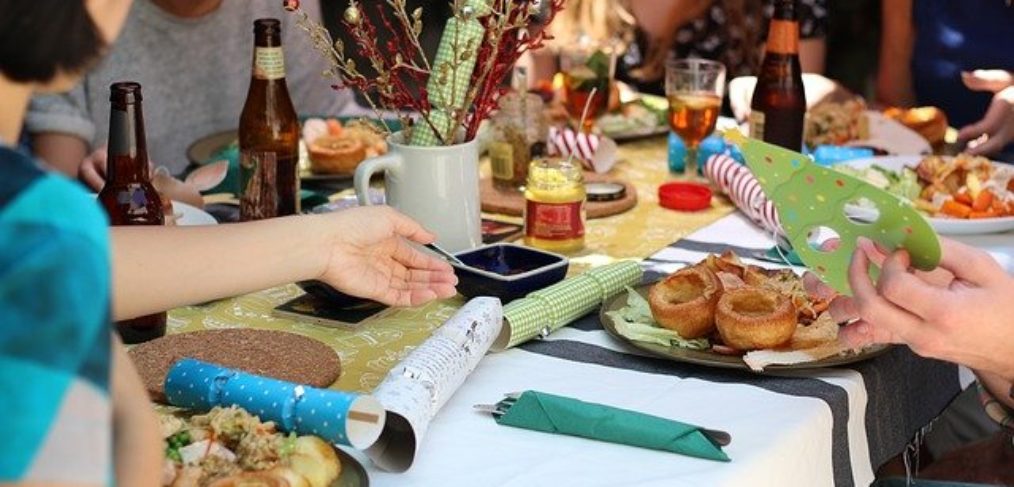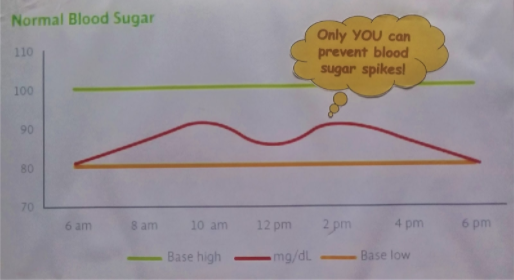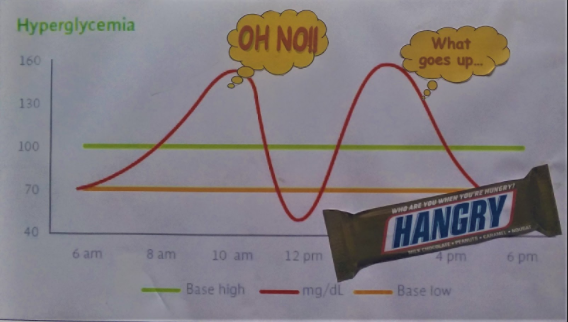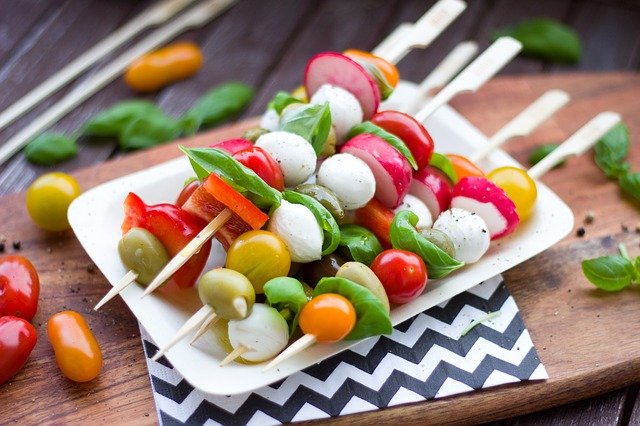
Balanced Blood Sugars to Hack Holiday Weight Gain
Balanced blood sugars are the key to hormone stability. If your blood sugars are unstable, your hormones will follow suit. But why is that important? Stable hormones – thyroid, insulin, cortisol, and estrogen – are necessary for maintaining normal weight. Whether you like it or not, you do not control your weight. Your hormones do. Hormones are chemical messengers that tell your body how to feel and how to respond to your world. In short, it’s those messengers that decide whether you should store fat or burn it.
It follows then, that if you want to avoid holiday weight gain, you must balance your blood sugars. But that doesn’t need to be as hard as it sounds. My tips are easy to incorporate into your busy schedule and mesh well with social events. Most of them only take awareness and a commitment to make a good choice.
1. Eat A Savory Breakfast
Balanced blood sugars begin with breakfast. Set a steady, not an erratic, metabolism for the day by choosing savory over sweet. Savory foods, such as eggs and sausage, are loaded with proteins and healthy fats. These macronutrients give you a low, slow burn. Insulin, cortisol, estrogen, and estrogen are not then skewed by inappropriate blood sugar levels.

On the other hand, a sweet meal sets you up for food cravings later. Sweet breakfasts are usually baked goods and/or fruit juices. These high-glycemic foods burn hot and fast, then leave you in ashes. That opens you up for snacking temptations when you hit rock bottom. High-carbohydrate snacks perpetuate the cycle. Your roller-coaster blood sugars destabilize your hormones and set you up for weight gain.

2. Move Vigorously Before your Meal
When you use your muscles before a meal, you leave them hungry. The glucose from your meal goes to replenish them instead of staying in the blood stream or going into storage. That doesn’t necessarily mean you have to hit the gym. Even walking has a beneficial effect on blood sugars. So, why not park a little farther from your destination and walk the remainder of the way? Likewise, take the stairs instead of the elevator if your event is not on a ground floor. HIIT routines (High Intensity Interval Training) take very little time but provide great stabilization to blood sugars. You can quickly fit in a 5-minute HIIT such as this one before getting ready for your party.
3. Move Vigorously After your Meal
Similarly, moving after your meal shunts glucose to the muscles. This keeps blood sugars from rising as dramatically. Researchers studying older adults with pre-diabetes found that 15 minutes of easy-to-moderate exercise after every meal curbed risky blood sugar spikes all day. So, invite your friends and family to stroll with you. Or better yet, how about dancing?
4. Start with Vegetables

The higher the fiber content of a food, the slower it digests. This means your body converts it to glucose less rapidly. Eating high-fiber foods, such as asparagus, mushrooms, artichokes, and Brussels sprouts for an appetizer will provide the necessary fiber to slow down a blood sugar surge from a special meal. If the special occasion is potluck, you can bring a simple dish like this to help keep your blood sugars stable.
5. Swig Some Apple Cider Vinegar
While apple cider vinegar is best known in media for reducing heartburn, it also positively impacts blood sugars. Several studies have shown that it can improve insulin sensitivity and reduce blood sugars. Although the most common way to take vinegar is in a 1:8 ratio in water, it also works well as a salad dressing. Since starting your meal with vegetables is a good idea, adding a simple vinegar and oil dressing may just enhance the effect.
6. Save the Carbs for Last
Fiber isn’t the only thing that will reduce a blood sugar spike. Fat and protein, much slower to digest than carbohydrates, also ensure that your meal isn’t converted to glucose too quickly. Test subjects who wore continuous glucose monitors discovered a surprising truth. When eating the same foods, but in a different order, their blood sugar levels were lowest when they started with meat and vegetables. In this study, they consumed rice with their meal. The greatest blood sugar responses occurred when they ate the rice first.
7. Eat Whole, Not Processed Carbs
The higher the amount of glucose in a set volume of food, the more it will tend to imbalance your blood sugars. It’s simply a matter of concentration. Less concentrated forms of glucose will have a lower impact and be less destabilizing. The act of processing foods tends to concentrate the amount of carbohydrate in them. Why? Because often the fiber is removed. Some examples include fruit to fruit juice, whole grain to white flour, and fresh fruit to dried fruit. The following graphic from The Glucose Goddess demonstrates this principle.

8. No Naked Carbs
Since it is becoming apparent that carbohydrates add kindling to the metabolic fire and interfere with a balanced burn, it follows that you should be wary of eating carbohydrates by themselves. When you are at the holiday potluck, look for food combinations that pair protein and natural fats with carbohydrate. To decrease the temptation to eat sugary desserts and high-carbohydrate side dishes, eat a smart snack before you go. These are simple snacks, such as carrot sticks, grape tomatoes, or apples paired with a sugar-stabilizing fat.
9. Prioritize Protein
Statistics estimate that roughly 70% of the modern diet comes from refined carbohydrates. It’s easy to crave and indulge in these foods that don’t create balanced blood sugars. But if carbohydrates are high, doesn’t that mean by default that protein intake is lower? As discussed above, protein helps maintain balanced blood sugars. This, in turn, protects hormone balance. However, there’s another reason to prioritize protein. It’s what hormones are made of! If your protein consumption is too low, you won’t be able to make enough thyroid hormone to keep your metabolism from being sluggish. Make sure your holiday plate is at least 1/4 protein. If half of your plate is vegetable, that necessarily restricts refined carbohydrates without counting calories or dieting.
10. Fuel with Fat
Fats are satiating. They keep you from being hungry two hours after you eat. Also, they insure balanced blood sugars. If your gall bladder is in good health, you should be able to eat 2-3 natural fats per meal. Then, you will not only eat less frequently, you will consume a smaller quantity of food because fats are filling. Natural fats include olives, avocadoes, nuts, seeds, egg yolks, coconut meat and coconut milk, butter and cream. You can learn how to choose the right kinds of fats here.
Because getting the right kinds of fats is foundational to good health, work with a functional nutritional therapist if you are not able to tolerate fats in your diet.
